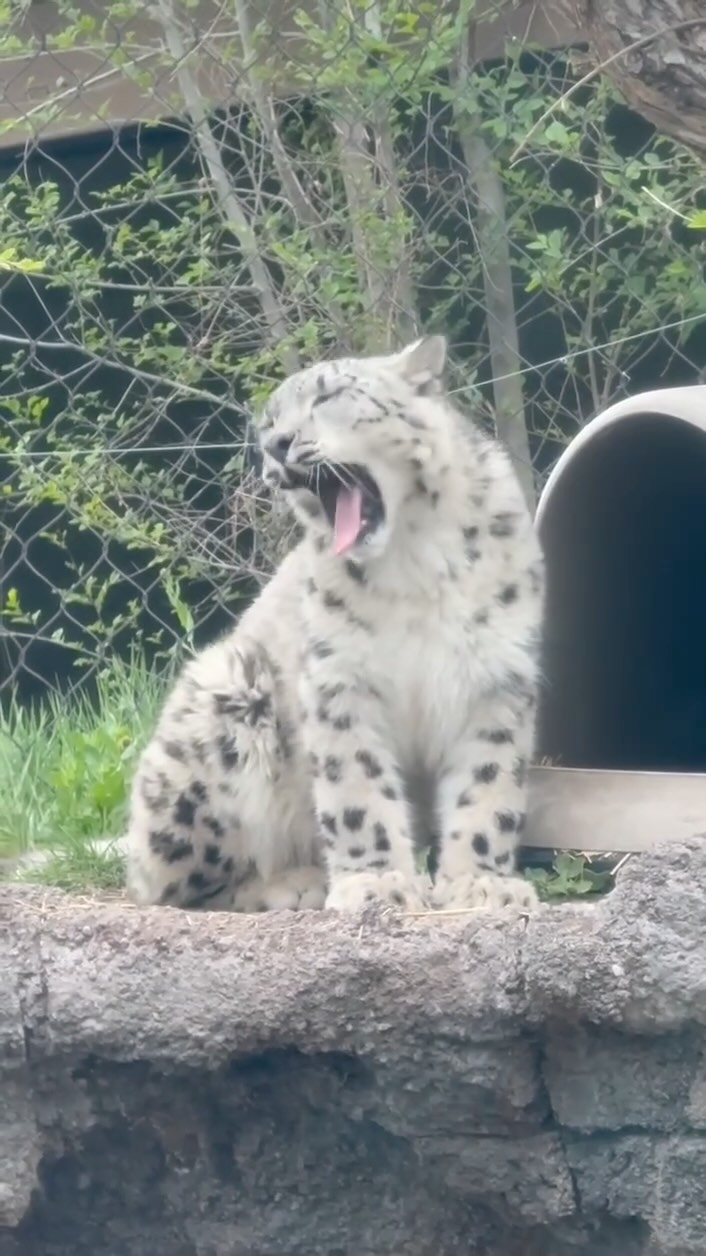- Explore the phenomenon of contagious yawning and its significance in animals and humans.
- Discuss the mechanisms behind yawning and its physiological triggers.
- Examine the evolutionary theories explaining why yawning is contagious.
- Highlight the implications of contagious yawning in zoo management and wildlife conservation.
- Consider the relevance of contagious yawning in understanding social bonding and empathy in animals.
Yawning is a curious behavior observed not only among humans but also in a wide array of animal species. Despite its commonplace nature, the phenomenon of contagious yawning—where observing a yawn triggers an involuntary response—remains a captivating topic for both researchers and enthusiasts. This article delves into the intricate details of this behavior, illustrating its unexpected significance.
Contagious yawning is often seen as a cultural oddity, yet its study offers valuable insights into the social lives of animals. By understanding the mechanisms and evolutionary background of this behavior, we can learn how yawning relates to communication, empathy, and even zoo management practices. The study of yawning invites us to broaden our understanding of animal behavior and interactions.
The physiological triggers underlying yawning are rooted in complex brain processes. Yawning often occurs in response to fatigue or boredom, but the mechanics are more intricate. It involves the stretching of jaw muscles, intake of air, and is connected to neurotransmitter systems that regulate brain activity. While every yawn results in an influx of oxygen and redistribution of heat in the brain, the overarching purpose of a yawn transcends mere physiological adjustments.
The contagious aspect of yawning extends beyond simple mimicry. Evolutionary theories suggest that yawning’s contagious nature may be tied to social cohesion. By synchronizing behavior within a group, yawning could have promoted vigilance and mutual alertness, which held survival advantages for early social animals. This synchronization could also serve as a mechanism for reinforcing social bonds.
Zoo management and wildlife conservation programs leverage these insights to enhance animal welfare. Understanding contagious yawning can aid in the design of enriching environments that promote natural behaviors in captive settings. Moreover, observing yawning patterns can serve as a tool for assessing stress levels or social bonding within animal groups, providing useful data for conservationists working to reintroduce animals into the wild.
Further, contagious yawning provides glimpses into animal empathy and social awareness. Certain animals, like primates and dogs, exhibit yawning in response to seeing or hearing a human yawn. This cross-species response hints at underlying empathic connections and indicates that these animals may share a foundational emotional understanding with humans.
Contagious yawning’s role in understanding social relationships among animals makes it a profound subject of study in zoology and conservation. As researchers continue to study this intriguing behavior, they unlock further insights into the emotional and social complexity of the animal kingdom. This seemingly simple act serves as a window into the intricate interplay of biology and behavior within and across species.
*****
Source Description
Try not to yawn—level: impossible 🥱


